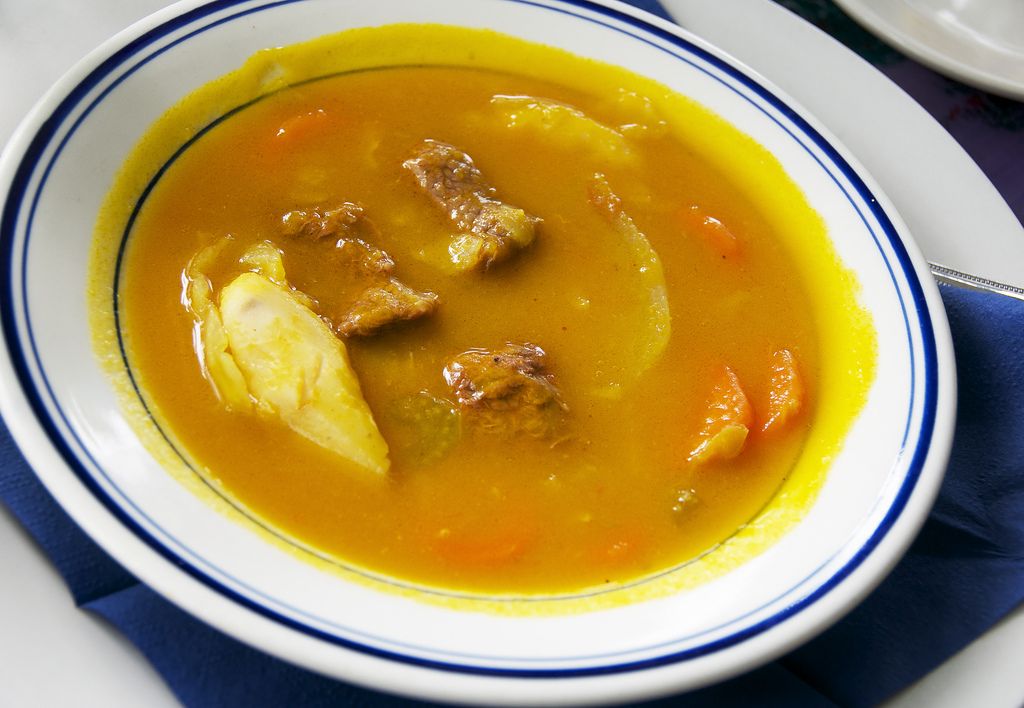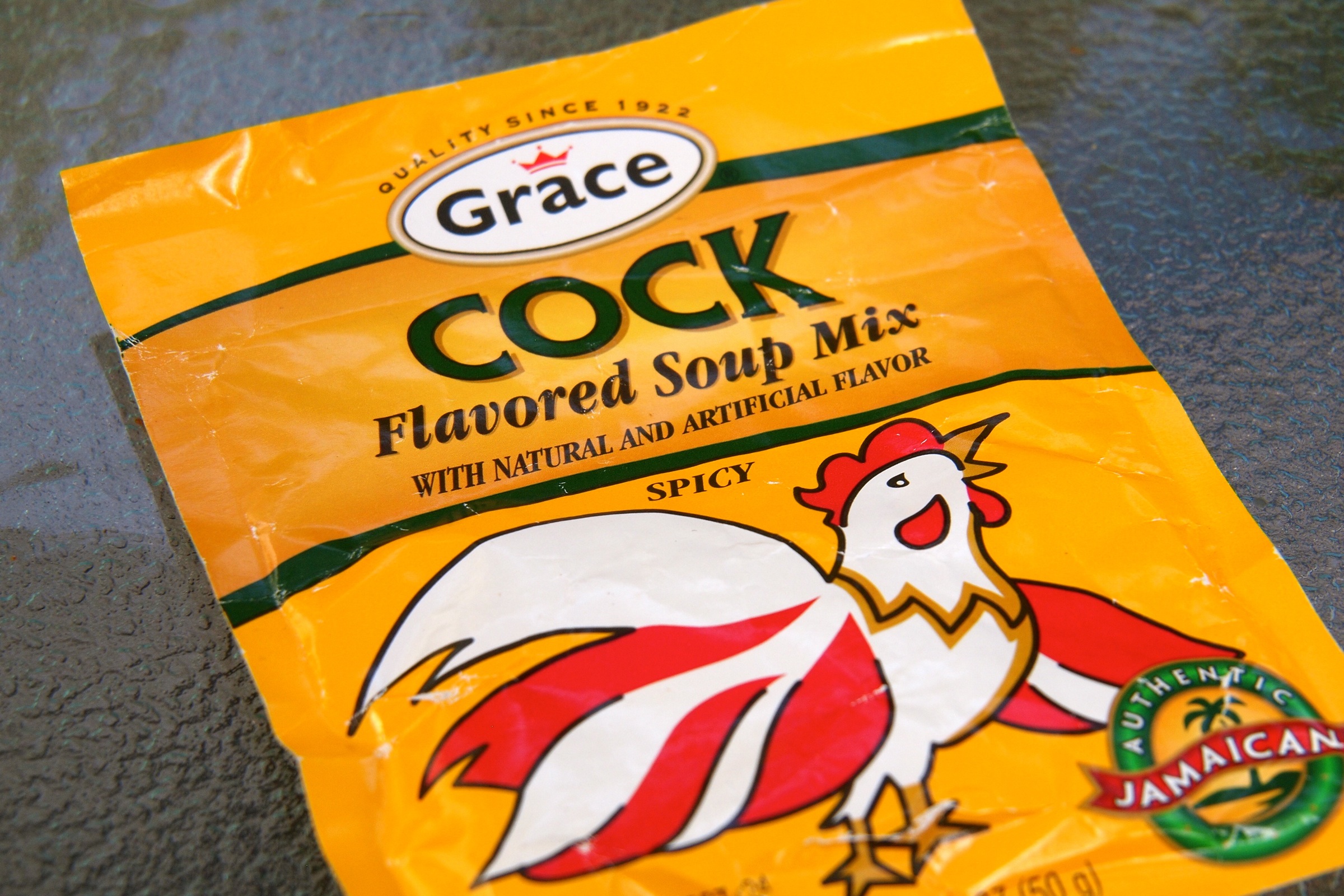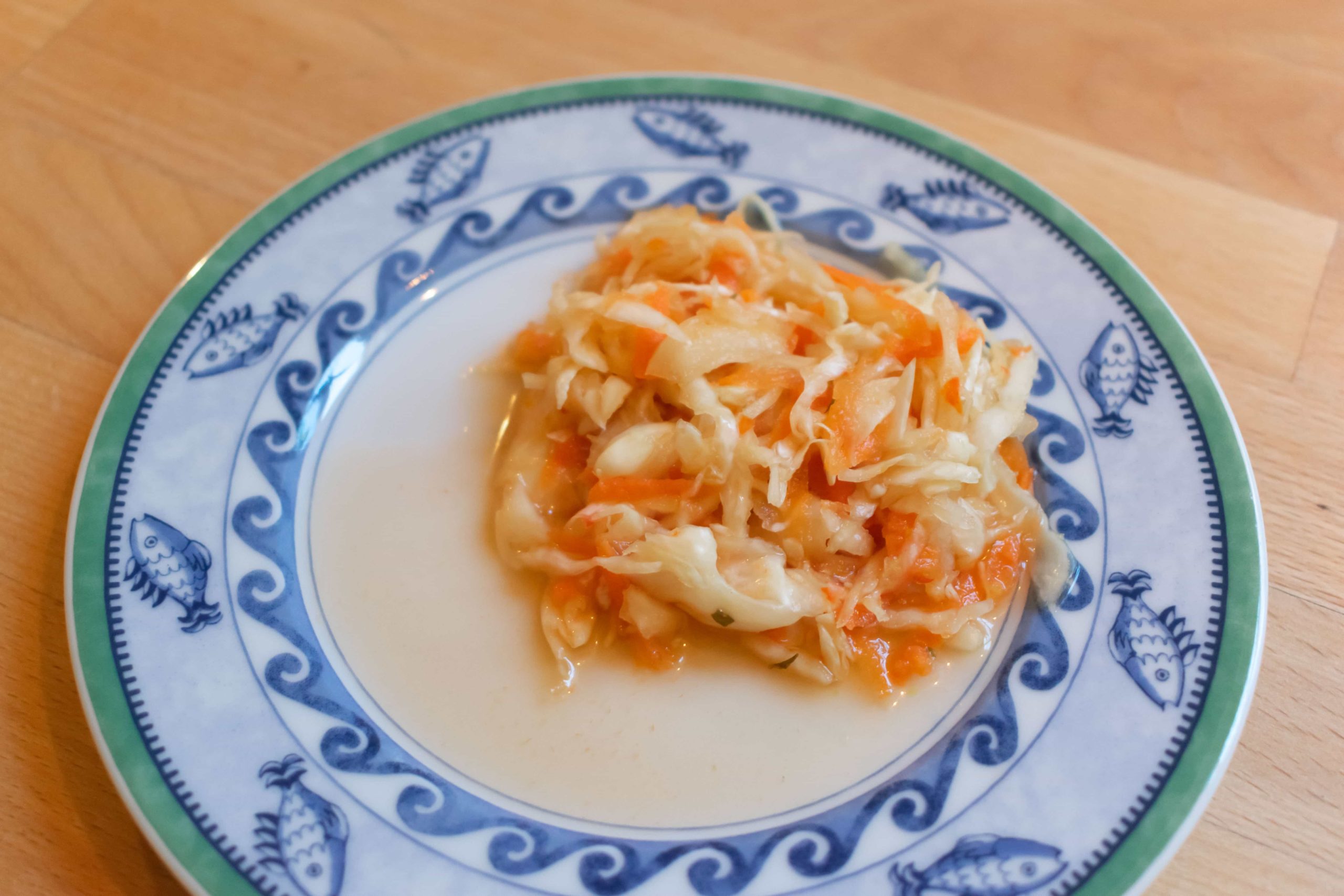Soup Joumou, Haiti’s Soup of Freedom: Taste of the Caribbean
No soup for you!
The four-word exclamation holds comedic value for many of us thanks to Seinfeld, but if you’ve got ties to Haiti and have even the faintest sense of history, these words mean a whole lot more, especially each year on New Year’s Day.
The reasons, like the majority of the most important things in the Caribbean, are wrapped up in the country’s independence, which slaves in Haiti famously won for themselves over the French during the Haitian Revolution (1791-1804). The only slave revolt in history that ended in the founding of a sovereign nation, the Haitian Revolution officially ended on January 1, 1804, giving Haitians two reasons to celebrate on a grand scale at the dawn of each New Year.
The main dish served at these celebrations is called soup joumou.
Hearty and bursting with flavor, like just about every traditional meal you might eat in Haiti, soup joumou has as its main ingredient a delicious and distinctive local pumpkin of the same name. There’s other stuff in there, of course. Turnips, celery, potatoes, scallions, carrots, cabbage, beef, etc., but the real reason the soup is consumed every New Year’s Day is the joumou… and with good reason.
You see, back in the colonial period, joumou was so prized and adored among the French masters that slaves were actually forbidden from consuming it! Once independence was secured, soup joumou immediately became the staple meal among Haitians to commemorate their freedom.
Still today, 210 years after independence, soup joumou is prepared and enjoyed in Haitian households, restaurants, and communities all over the world each and every January 1st. It’s as lasting and powerfully symbolic an annual meal as any that has roots in our region, something that should make soup joumou much more than a meal for all of us West Indians.
If you want to make a pot of your own soup joumou, here’s the recipe…
*Lead photo credit: Brenda Benoît via Flickr.



